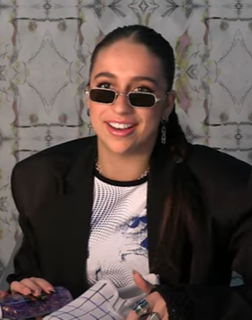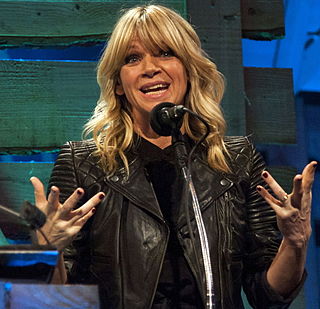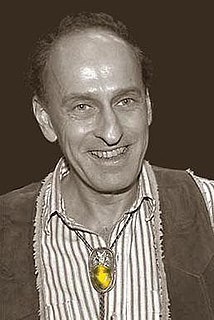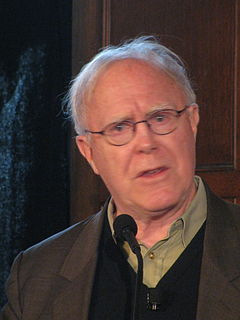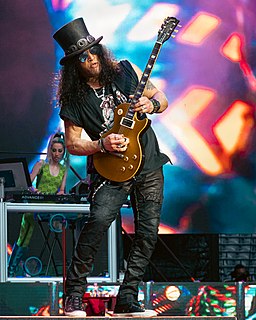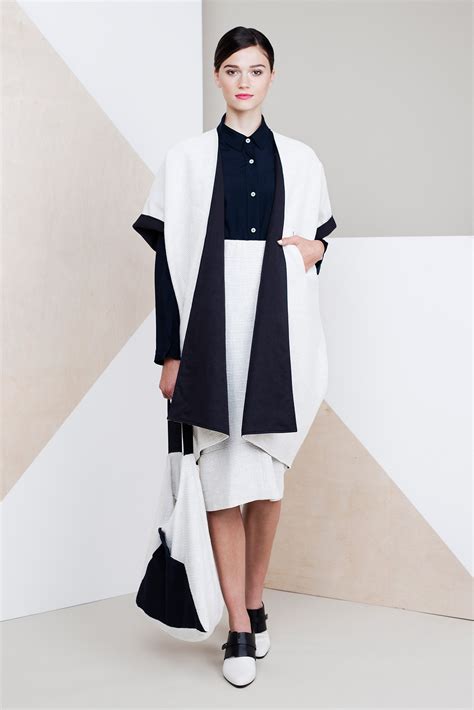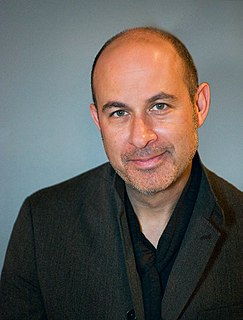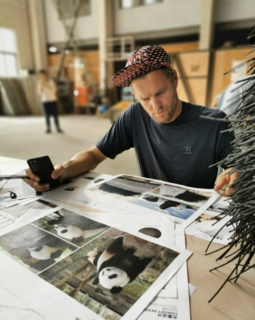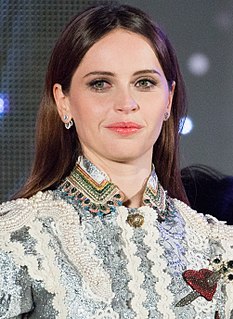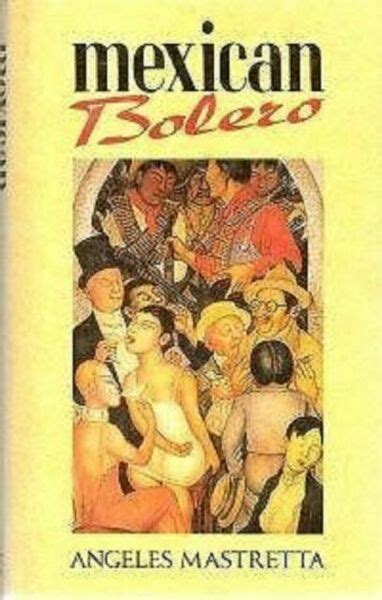A Quote by Rachel Kushner
I had been thinking about rubber all along. Like as the novel's element, or base material. A lot of artists in the late '60s and early '70s worked with rubber and other forms that seemed like they connoted industrial detritus. Robert Morris, Eva Hesse.
Related Quotes
The second time I was pregnant friends would give me rubber bands to gnaw, because the first time, I had chewed things like a rubber bit that fell off the dishwasher. I remember driving once in the rain and the smell of my rubber-soled shoes in the damp caused me to pull over and start chomping on the rubber mat.
I read Herman Hesse's 'Siddhartha' while I was writing 'Lord of Light' along with many other things. It seemed a good time to read it so I could see what he had to say about Buddha. In my first chapter, I was thinking in terms of the big battle scene in the 'Mahabarata.' It helped me in visualizing the battle in my novel.
When I began writing poems, it was in the late 60s and early 70s when the literary and cultural atmosphere was very much affected by what was going on in the world, which was, in succession, the civil rights movement, the antiwar movement, and the women's movement in the 60s, 70s, and into the early 80s. And all of those things affected me and affected my thinking, particularly the Vietnam War.
When I was a kid, a lot of my parents' friends were in the music business. In the late '60s and early '70s - all the way through the '70s, actually - a lot of the bands that were around had kids at a very young age. So they were all working on that concept way early on. And I figured if they can do it, I could do it, too.


